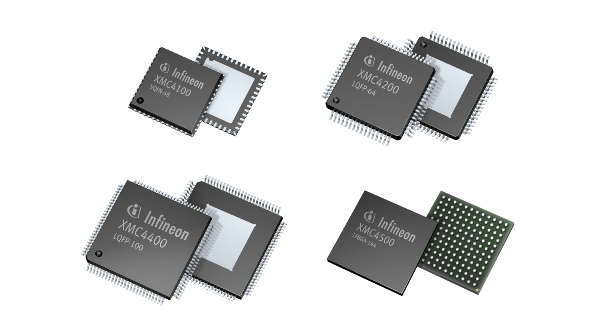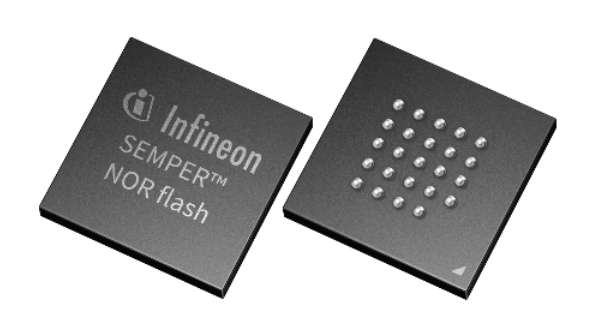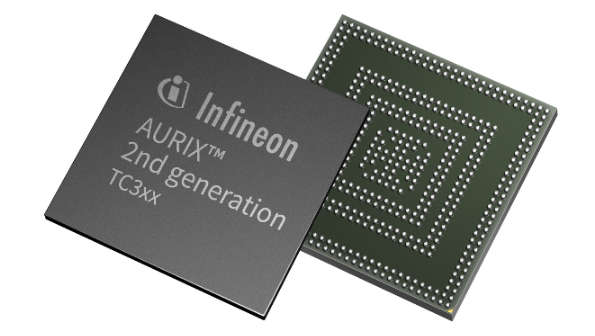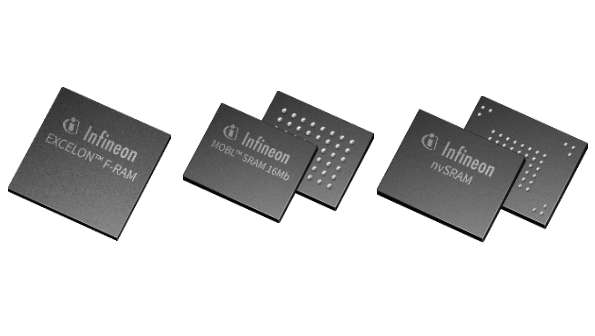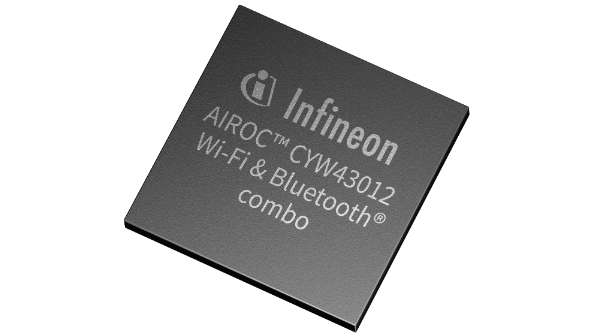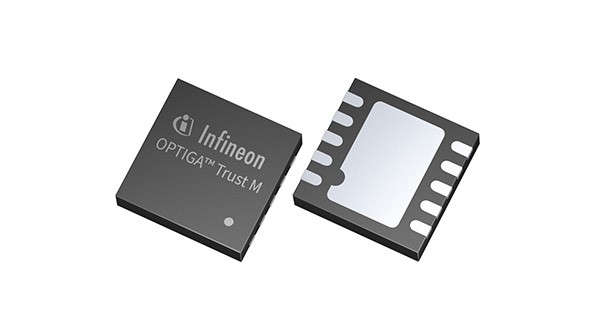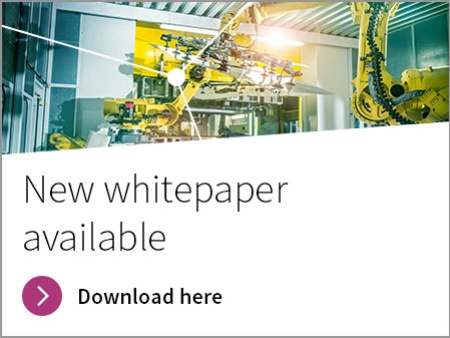Programmable logic controller (PLC)
Industry-leading semiconductor solutions for industrial control
At the heart of most industrial control and factory automation systems is a programmable logic controller (PLC). Commonly referred to as the “brain” of a factory, a PLC controls a wide range of functions on the factory floor by receiving analog or digital data from there via input modules from sensors, switches transmitters, or actuators or any other devices in the factory. Along a programmed code on its CPU commands uses this data to control and operate external devices on the factory floor , via so called output modules. The modules translate digital information into physical signals or reformat it into specific communication protocols typically used at manufacturing level. Depending PLC control and modules typically communicate with each other and with other peripheral/distributed automation system components of the automation system via fieldbuses.
In compact PLCs, CPU control and input/output interfaces are housed in the same enclosure. Distributed systems typically have control distributed across many operational and physical areas adding control autonomy, flexibility and intelligence on site e.g. in process industries or spacious facilities. In any case PLC systems provide for flexibility purposes modular expansion options to match number of inputs and outputs required.
PLCs as part from “Operational Technologies” (OT) constitute interface to higher level “Information technologies” (IT) and communicate typically via EtherNet based protocols to EdgeServers, access points or any other monitor and control systems. On the other hand more downwards to field level, communication protocol landscape for historic reasons right now is very much fragmented on the market as proprietary communication protocols such as PROFIBUS, CC-link, DeviceNet or IO-Link and Hart did evolve and establish over the past decades. In any case realtime requirements to communicate with distributed PLCs, remote I/O modules, circuit breakers, actuators or sensor systems must be met once manufacturing throughput shall be running smoothly without interruptions or risking high scrap rate.
Since it is used closed to the factory floor, a PLC must be robust to withstand harsh environmental conditions. In addition, a successful design must provide reliability and system stability.
Other factors that must be considered when designing a PLC controller include processing power, space constraints and high density of input/output channels to be controlled along multiprotocol handling. A minimum of power dissipation is a must have to reduce system cooling in line with having factories becoming more “green”.
Programmable logic controller system diagram
Advanced, high-quality semiconductor solutions for PLC controllers
Infineon understands the needs of its industrial customers and offers dedicated semiconductor solutions to meet the challenges of PLC projects. In our high-quality portfolio you will find robust, reliable designs as well as a wide range of products for customizing PLC control applications. Infineon’s 32-bit industrial microcontrollers of the XMC™ family or AURIX™ family are the right choice when functional safety aspects have to be considered. We also offer a broad range of volatile and non-volatile memories, including types such as SRAM, SEMPERTM Secure NOR Flash, F-RAM or non-volatile SRAM. In addition, the Flash and RAM devices integrated in one package for space-critical designs can optimize your microcontroller-based system.
Choose the OPTIGA™ Trust product family to get one of the best embedded security products on the market. And consider Infineon’s USB, AIROC™ Wi-Fi and Bluetooth® connectivity controllers to comply with state of the art PLC IoT networking requirements.

